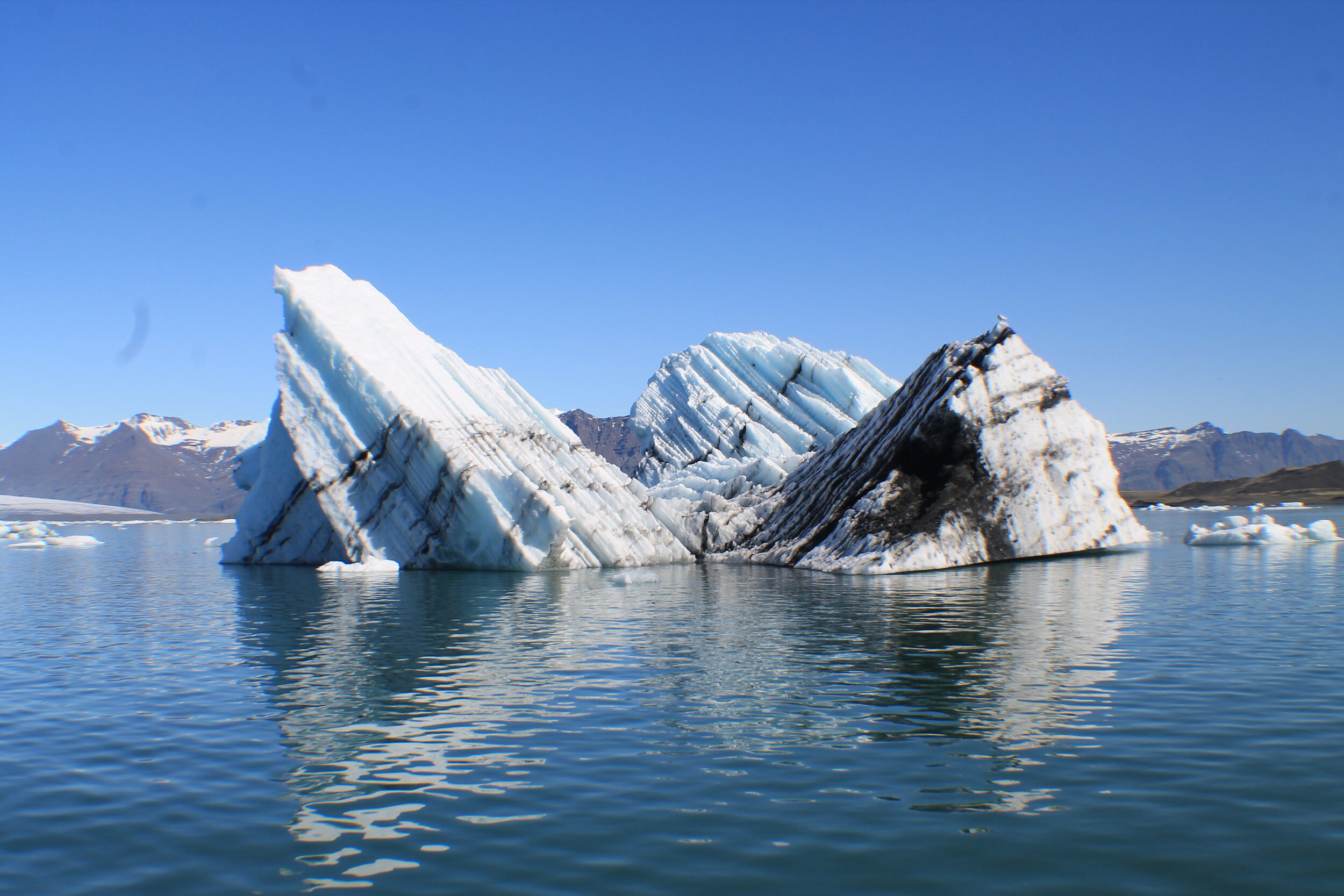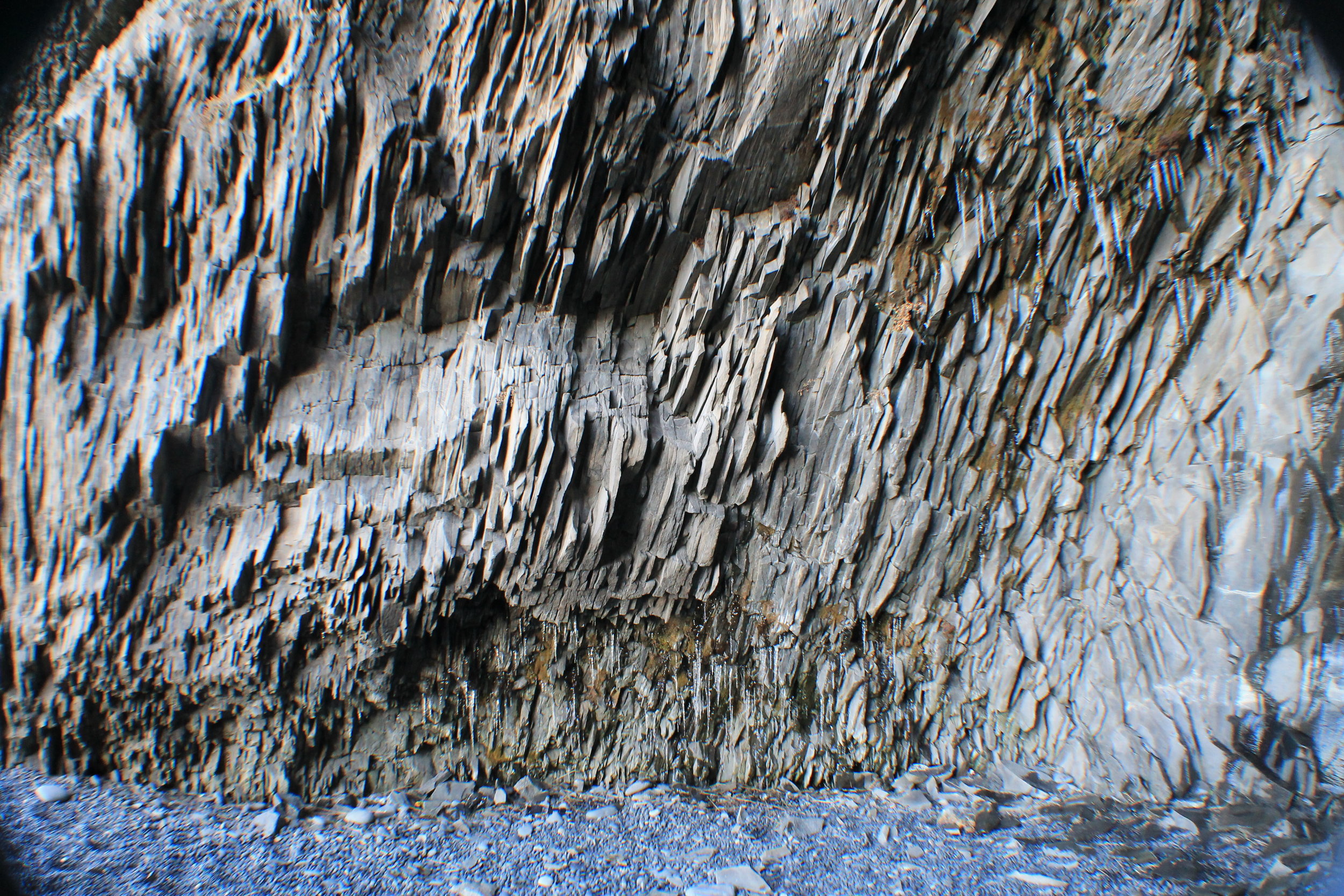ICELAND
One trip to Iceland was not enough. I had to return to for a couple of reasons. One, I wanted to see the grandeur of the landscape without snowpack - Iceland is green and Greenland is ice after all. Also, it happened to be the transfer point to my final destination of the Faroe Islands.
What I discovered on this trip was an even more vibrant display of natural wonder and greater insight towards this country’s heritage and approach to climate change. The stark, sublime, monochromatic images of winter had been injected with the green of spring, and the waterfalls raged even more violently with a torrent of glacial meltwater from the increasingly warm temperatures.
In the past, I have paid close attention to the geologic signatures abound, ranging from the textural differences of rock formations to the geomorphology of vast landscapes. During this trip I saw evidence of a country grappling with many of the same climate change-related issues that burden my native midwest USA.

















































































































































































































